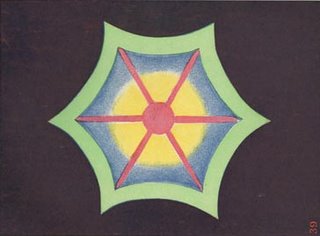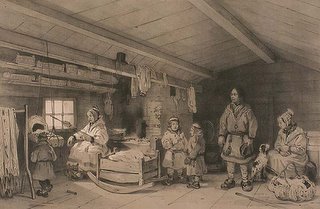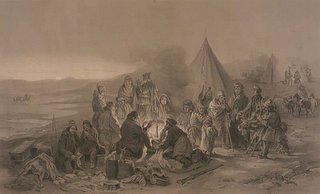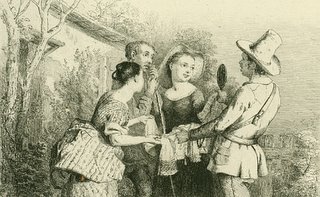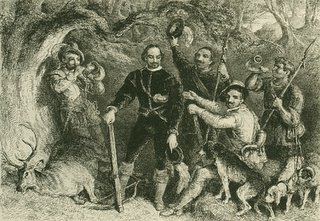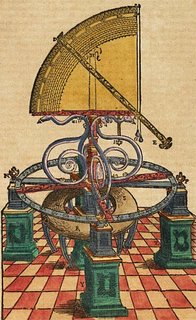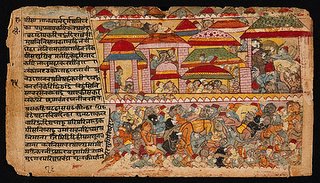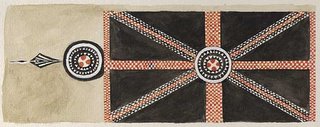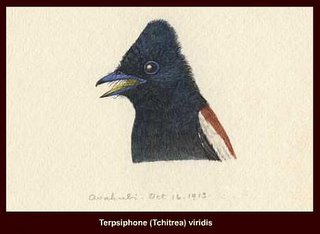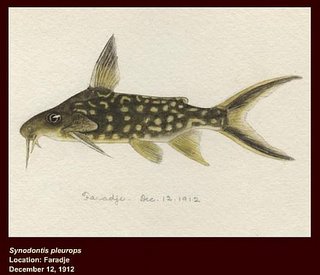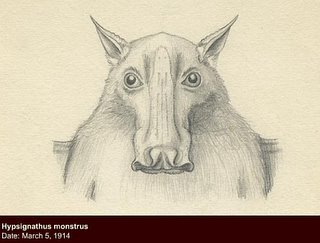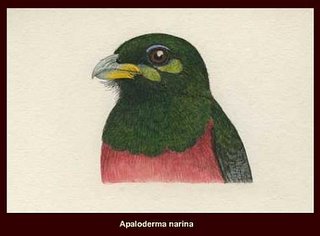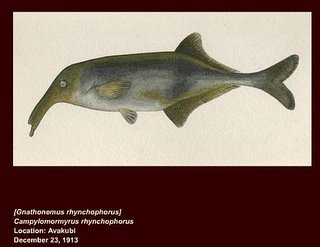"He has told a thousand truths in as many strange and fascinating ways; he has given a thousand new and pleasant thoughts to millions of
people; he has never used his wit dishonestly; he has never, in all
the exuberance of his frolicsome humor, caused a single painful or
guilty blush." [William Makepeace Thackeray]




 The most prolific satirist, book illustrator and caricaturist, George Cruikshank (1792-1878), son of a humorist painter and father to some 15,000 etchings and engravings, continued in the english artistic tradition of predecessors, Hogarth and Gilray.
The most prolific satirist, book illustrator and caricaturist, George Cruikshank (1792-1878), son of a humorist painter and father to some 15,000 etchings and engravings, continued in the english artistic tradition of predecessors, Hogarth and Gilray.Cruikshank began by engraving political cartoons and would eventually contribute illustrations to much of the literature and childrens stories of his day. He collaborated (and collided) with Dickens on a couple of books and was a fervent supporter of the temperance movement.
The images above come from The Comic Almanack, an Ephemeris in Jest and Earnest -
"The Comic Almanack, was started in 1835, organized around the etchings of George Cruikshank with textual contributions by Thackeray and others. In addition to an increased emphasis on visual satire, The Comic Almanack distinguishes itself from its predecessors by its moderation and the mildness of its satire, its embrace of reform instead of reaction or revolution".
Over the last several months when I'd been hunting down particularly interesting material I often came up empty handed and a recurring frustrating result from my searchings was a defunct repository at the University of Brighton in the U.K. So in the last 10 days it has been very pleasing to find that Chris Mullen (after some sort of dispute with Brighton University) has been reposting much of this same material onto his own website.
I've posted images from at least 5 of these books in the last week and I've hardly even scratched the surface - I really don't know the extent of the material available but it's all rare and only a small amount of what I've seen is online anywhere else.
The downside is that, despite there being a large amount of illustrated material at the Fulltable site, the server is exceedingly slow. It was that fact which made me refrain from shouting it out previously. Chris is still actively uploading material and the link to the Almanack etchings has only been fixed in the last few hours. To the best of my knowledge/searching only a few of the 40 or so Almanack illustrations are elsewhere on the web.
- The main Fulltable site: The Visual Telling of Stories: A Database Dedicated to the Study of the Narrative in Visual Form.
- The Comic Almanack of 1843, with a link to other Cruikshank Almanack illustrations near the bottom of the page.
- George Cruikshank at wikipedia.
- George Cruikshank by HM Thackeray at Project Gutenburg.
- Previous related posts.


